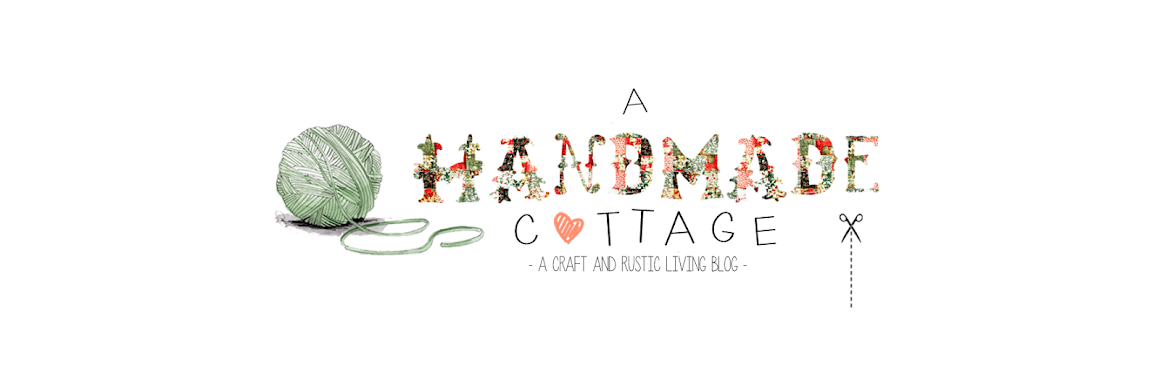Ok so we learned in last weeks post Becoming a natural beauty that chemicals in products are no good for us. They are a potential danger to us and our environment. Cosmetic manufacturers are fully aware of this, but in many cases you'll see the words 'PURE' 'NATURAL' 'ORGANIC' plastered all over their beauty products even though it's jam-packed with chemicals. The laws governing the labeling on organic foods do not extend to beauty products so if a brand uses a tiny amount of an organic ingredient, they can call that product 'Organic.' Even brands that base their entire image on being 'pure and natural' are legally misleading us with their packaging ... and we of course believe it, thinking we're being good to our skin.
 |
| Once I cleaned my bathroom cupboard of all things chemical, this is all I was left with ... ok so I left my perfume but small steps people small steps! |
Why do they do it? - Because it's cheaper to mass produce products and give them a longer shelf life using synthetic chemicals .
How do they get away with it? - If a company uses tiny amounts of a natural / organic ingredient in it's product ... they can legally write 'organic' or 'natural' on the packaging, even if the rest is purely chemical-based.
But what if it's got Vitamins and Rose hip oil in it too!? - It may contain natural ingredients, but often when you read the small print you'll find it contains only 1% of the good stuff. There's also no telling what the quality of the ingredient is. If it's a cheap product, more often than not it's likely the ingredients will be of a cheap, low grade quality too.
How to read the label on a beauty product
Looking at the ingredients list on a product can be baffling. Even the natural ingredients have long complicated names! For example, vitamin E will be written as as Tocopherol and Chamomile will be is written as Anthemis nobilis. So I find the easiest way to read a label is to just scan it for the the chemicals you want to avoid. Once you know them you'll soon start to recognise them on labels. However to begin with perhaps just start with a couple and go from there. The most commonly known ingredients to avoid are SLS (Sodium lauryl sulphate) and Parabens.
The chemicals to avoid in beauty products
Here are some of the main culprits. To find out more, and exactly why these chemicals are on the naughty list have a read here.- Sodium Lauryl Sulfate (SLS) & Sodium Laureth Sulfate (SLES)
- Anything with the word 'Paraben' in it
- Triclosan
- DMDM Hydantion & Urea (Imidazolidinyl)
- DEA (diethanolamine), MEA (Monoethanolamine) & TEA (triethanolamine):
- Polyethylene Glycol (PEG):
- Propylene Glycol (PG) and Butylene Glycol:
- Alcohol
- Mineral oil
Is there an easier way to go natural?
While I do still scour supermarket shelves for toxic free products, to be honest I prefer to source goods that are 100% natural. It's just simpler and I have that peace of mind. It's much easier to find natural products online as there aren't many natural brands on the high street. So we'll chat more about that next time.
Next time: The best natural brands and where to find them.
Take care my natural beauties!
JM x
A handmade cottage disclaimer
Please note I am not a trained cosmetologist, herbalist or health care professional. These opinions are my own. Any recipes / tips are to be used at your own discretion. If you are a producer of natural products and would like me to consider your product for review please contact me at ahandmadecottage@icloud.com
Please note I am not a trained cosmetologist, herbalist or health care professional. These opinions are my own. Any recipes / tips are to be used at your own discretion. If you are a producer of natural products and would like me to consider your product for review please contact me at ahandmadecottage@icloud.com




Lovely post! I get my stuff from http://www.botanicals.co.uk/ They might be interested in a review if you ask them :D
ReplyDeleteThanks Nicki, I've not tried them yet so I might just do that! x
Delete